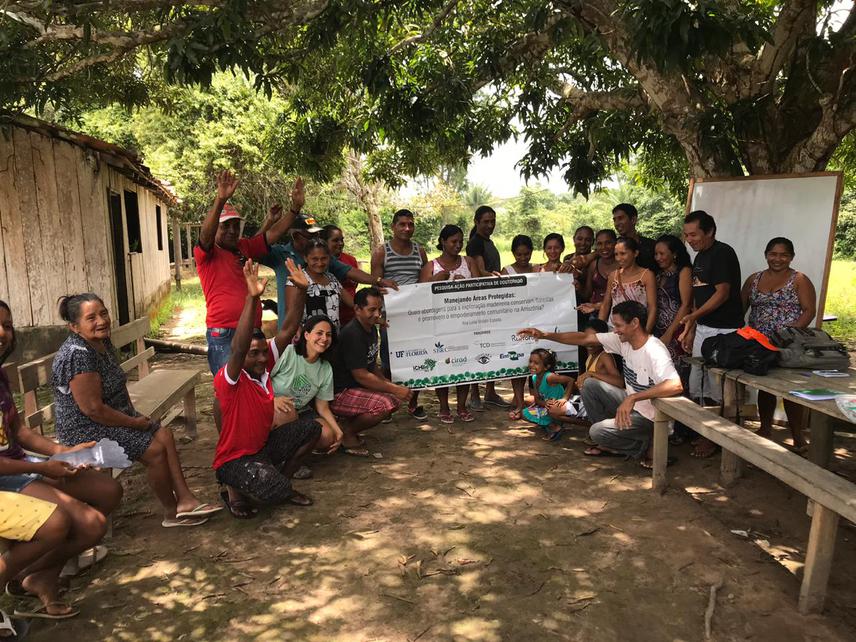Ana Luiza Violato Espada
Brazil houses the largest and most biodiverse remaining tropical rainforest in the world. Arguably one of the main threats to Amazonia is forest degradation, and consequently biodiversity loss. Sustainable-use protected areas are co-managed systems, whereby government and communities share rights and responsibilities towards nature conservation and local development. Increasingly, timber management has been added to the menu of extracted resources in these protected areas. Understanding how the variations in logging schemes have emerged, in terms of knowledge base, decision-making, and community empowerment, is crucial to inform the growing number of such joint conservation and well-being initiatives. I am motivated to advance our understanding about decision-making in community timber co-management and their outcomes (social, economic, environmental) in order to provide new information and recommendations to stakeholders (government, communities, timber industry, donors, NGOs) for best approaches to promote sustainable management of tropical forests and improve local livelihoods.

Extractive Reserve Verde para Sempre, workshop about community forest management.
Over the last three decades, Brazil has led establishment of new protected areas, the vast majority of which are designated for sustainable use. Conservation efforts in these areas have included timber management to provide economic benefits to forest residents and deter forest degradation which occurs through illegal logging. Despite the crucial role of the country in global biodiversity conservation, there is little available information to assess effectiveness of different approaches to community timber co-management. The ways co-management occurs on the ground varies, from superficial community consultations to communities taking a central role in decision-making, natural resources management, and monitoring.
Based on a novel regulatory standard, Normative Instruction ICMBio Nº 16/2011, government, NGOs, universities, rural extension groups, private sector, and traditional communities are adopting strategies to promote timber management projects in co-managed forests, mainly in extractive reserves where logging has particular symbolic significance. Creation of this category was directly linked to the rubber tapper social movement and the original notion that standing forests are to be protected, not cut down.
While Brazil has pioneered integration of civil society into protected area co-management, this approach also raises more challenges in decision-making processes such as the integration of local knowledge with technical and scientific expertise and the prioritization of needs (infrastructure and income) into conservation initiatives.
Within this doctoral study, I expect to generate pragmatic social, economic, and environmental information for decision-making strategies to facilitate both effective good governance and sustainable management of tropical forests through the examination of:
1) the purposeful integration of local knowledge with technical and scientific expertise to define logging schemes;
2) community empowerment that increase local-level control over forests;
3) multi-sectoral (community, government, NGOs, cooperatives, timber companies) and multi-scale (local, regional, international) representation in decision-making.
I will develop an embedded multi-case study design, wherein three sustainable-use protected areas will be conducted with four community timber co-management projects. I propose both mixed methods and analysis approaches based on extensive fieldwork in a sample of communities that have approved community timber co-management projects in extractives reserves in the Brazilian Amazonia.
Research sites are three Extractive Reserves: Chico Mendes (Acre), Ituxi (Amazonas), and Verde para Sempre (Pará). Government and local populations co-manage the natural resources within each of these reserves, ranging in size from 776,900 to 1,288,700 hectares. They embody all community timber co-management projects which represent 100% of existing logging schemes in Amazonian extractive reserves.